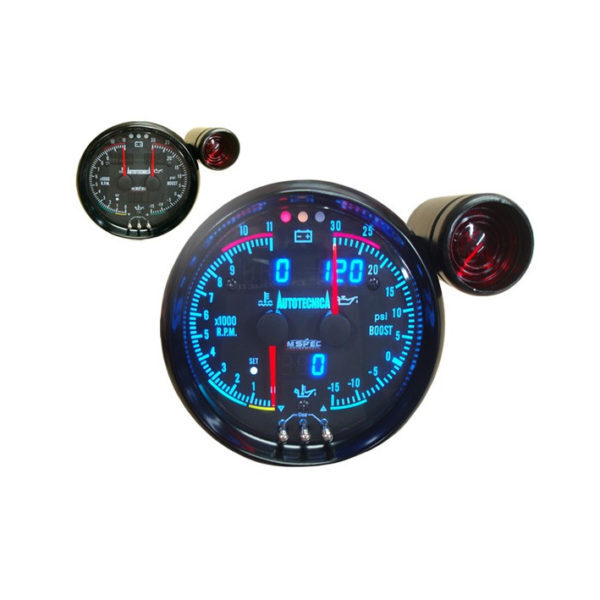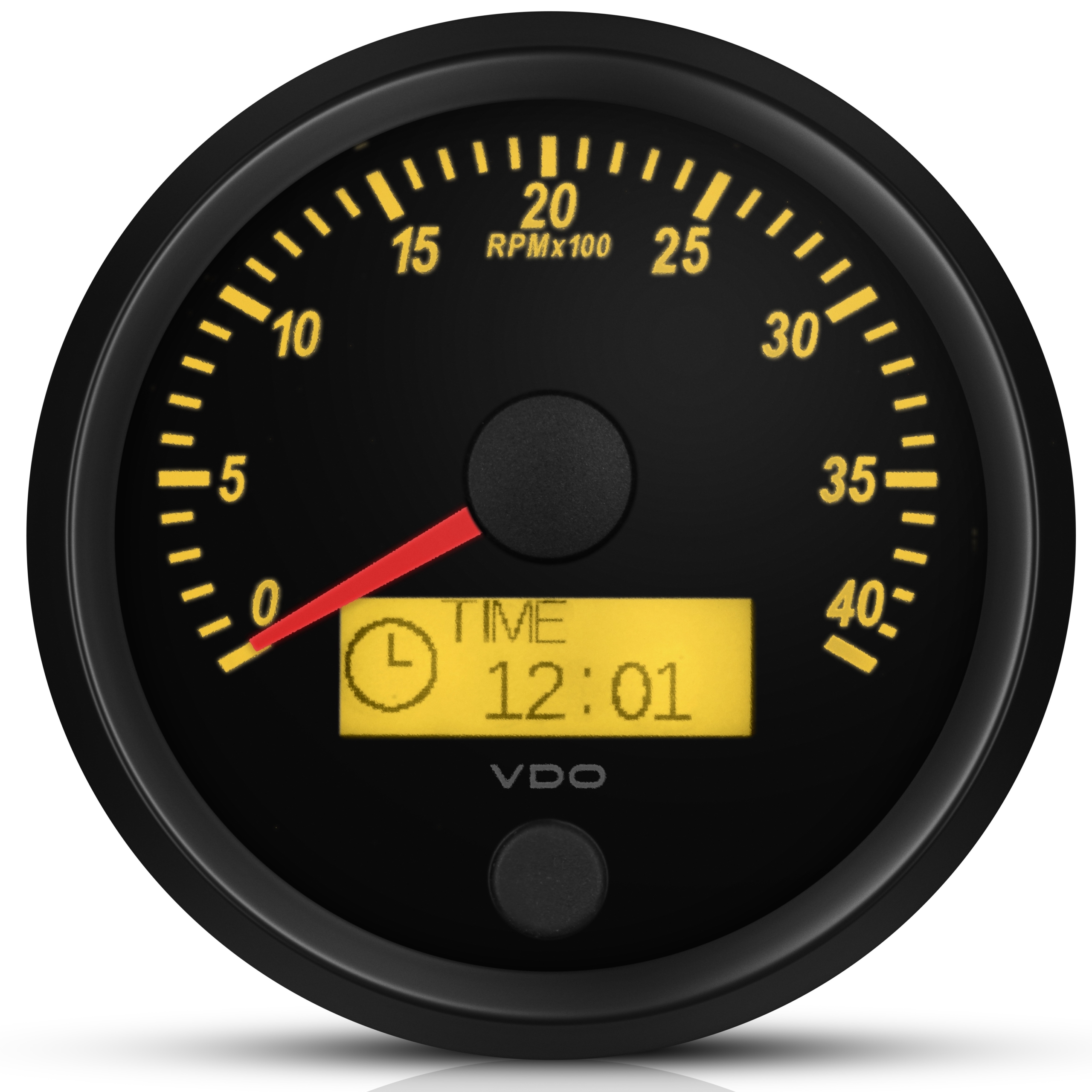Boost Your Driving Experience with a Trustworthy Tachometer
Boost Your Driving Experience with a Trustworthy Tachometer
Blog Article
The Relevance of a Tachometer in Keeping Track Of Engine Speed and Efficiency in Automotive Applications
In the world of automotive design, the tachometer stands as a pivotal tool in the motorist's arsenal, supplying a direct home window right into the inner functions of a car's engine. Past its function as a mere gauge of changes per minute (RPM), the tachometer functions as an important device for enthusiasts and specialists alike, using real-time insights right into engine efficiency and wellness. Recognizing the value of this device goes past surface-level observations, delving into the intricate connection between engine speed, power outcome, and general driving experience. As we explore the diverse role of the tachometer in auto applications, a deeper appreciation for its influence on car dynamics and performance begins to arise.
Significance of Monitoring Engine RPM
Keeping track of engine RPM, or revolutions per minute, is a vital facet of auto upkeep and efficiency assessment. Engine RPM straight associates with the speed at which the engine's crankshaft turns, showing exactly how rapidly the engine is running.
Furthermore, checking engine RPM is crucial for efficiency examination in racing and high-performance lorries. Maintaining optimum RPM levels is crucial for attaining peak power result and acceleration. Racers typically make use of tachometers to ensure they are running within the optimal RPM variety for optimum performance. In summary, monitoring engine RPM is not only essential for detecting problems but likewise for maximizing engine performance in various auto applications.

Benefits of Real-Time Information
In automobile applications, real-time data plays an important function in supplying instant understandings into the efficiency and condition of the car. By constantly checking different criteria such as engine rate, temperature level, fuel intake, and extra, real-time data offers countless advantages that add to boosted performance and safety on the road.
One considerable benefit of real-time data is its capacity to alert vehicle drivers and professionals to any abnormalities or issues without delay. This aggressive technique allows quick recognition of potential problems, enabling prompt treatments to stop further damages or breakdowns. Furthermore, real-time data promotes performance optimization by providing instant feedback on driving routines and engine performance. Drivers can readjust their actions in real-time based on this information to accomplish much better gas economic climate and prolong the life-span of their car.

In addition, real-time information plays a vital role in contemporary automobile diagnostics, enabling service technicians to swiftly diagnose and resolve malfunctions. This results in minimized downtime, lower maintenance expenses, and eventually, enhanced overall automobile reliability and longevity (tachometer). By utilizing the power of real-time data, automotive stakeholders can make informed decisions that favorably affect both the efficiency and durability of the car
Effect On Equipment Shifts
The tachometer plays a crucial role in optimizing gear shifts by supplying real-time engine speed data to the chauffeur. When approaching the redline on the tachometer, it indicates the motorist to upshift to avoid over-revving the engine and causing potential damage.
Moreover, the tachometer help click to investigate in accomplishing smoother gear shifts, particularly in hands-on transmissions. By keeping an eye on engine rate, vehicle drivers can execute gear changes at the optimal RPM array, lowering snagging activities and minimizing wear on the transmission parts. This accuracy in gear adjustments not only boosts driving comfort however also contributes to sustain performance.
Enhancing Fuel Effectiveness
Provided the vital role the tachometer plays in optimizing equipment changes for efficiency and engine health, it straight adds to making the most of fuel effectiveness in automotive applications. By supplying real-time feedback on engine speed, the tachometer aids chauffeurs in keeping the most efficient RPM array for gas economy. When vehicle drivers regularly monitor the tachometer and adjust their motoring routines as necessary, they can stay clear of unneeded fuel usage triggered by over-revving or hauling the engine.
Additionally, the tachometer aids motorists recognize the most fuel-efficient gear to be in at any kind of provided moment, preventing the engine from functioning tougher than required. In verdict, the tachometer serves as a valuable device in enhancing gas efficiency by promoting optimum driving routines and recognizing areas for improvement in the vehicle's efficiency.

Maximizing Engine Durability
The tachometer's role in keeping an eye on engine rate and efficiency is critical in making sure the longevity of automotive engines. Monitoring the tachometer permits motorists to remain within the suggested RPM array for their automobile, protecting against unnecessary strain on the engine and extending its life expectancy.

Verdict
Finally, the tachometer plays a critical role in monitoring engine speed and efficiency in automobile applications. By supplying real-time data on RPM, it permits efficient equipment changes, improved fuel effectiveness, and made best use of engine long life. This tool is important for maintaining ideal engine efficiency and making certain the overall capability of a car.
Report this page